No products in the cart.
Return To Shopdesigned to give our customers even more knowledge about our product’s benefits. Terpenes are responsible for the taste and smell of every plant in the world. But they have benefits to the human body.
Lost password?
A password will be sent to your email address.
Your personal data will be used to support your experience throughout this website, to manage access to your account, and for other purposes described in our privacy policy.
We offer international shipping. Please choose the country you would like us to ship to and the website language. If you have any questions contact us.
Deliver to:
Language:
Currency:
Lost password?
A password will be sent to your email address.
Your personal data will be used to support your experience throughout this website, to manage access to your account, and for other purposes described in our privacy policy.
Introducing a New Way to Shop for CBD
designed to give our customers even more knowledge about our product’s benefits. Terpenes are responsible for the taste and smell of every plant in the world. But they have benefits to the human body.

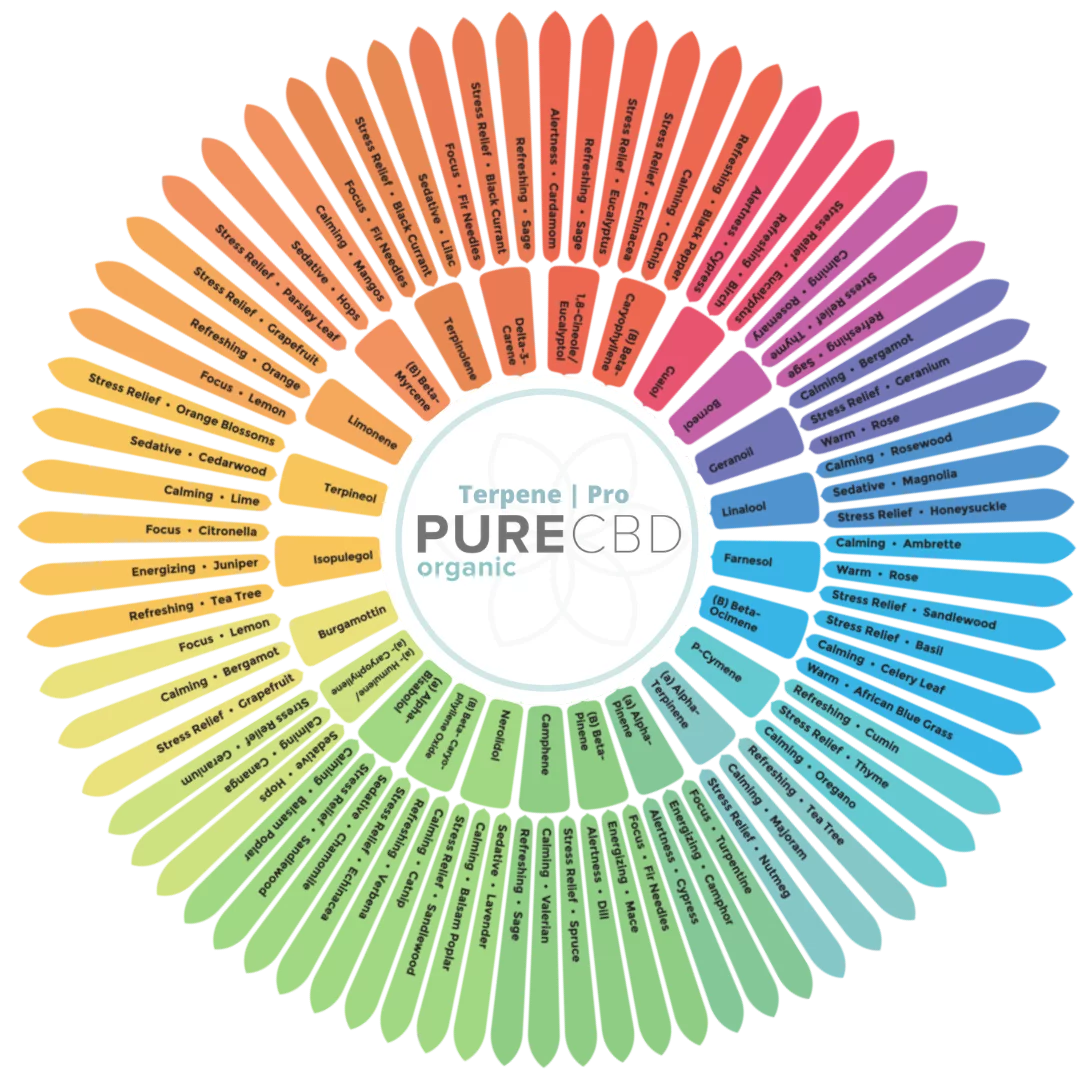
Terpenes are aromatic oils that are secreted from the same glands as CBD, THC and the other cannabinoids like CBN, CBG and CBC. Terpenes are largely responsible for the smell and taste of cannabis; but, terpenes have their own health promoting benefits. Clinical studies have shown that specific terpenes can target specific needs. When combined, terpenes can cooperate with CBD for a more effective solution.
Terpenes are found in almost every plant on Earth. They are an essential part and have dictated how humans and animals interact with plants. Terpenes are powerful chemical compounds that can evoke everything from physical sensations to the deepest of memories. Imagine the smell of chamomile in your tea, the feeling of a fresh pine scent during Christmas or the smell of fresh lemonade during a hot summer day.
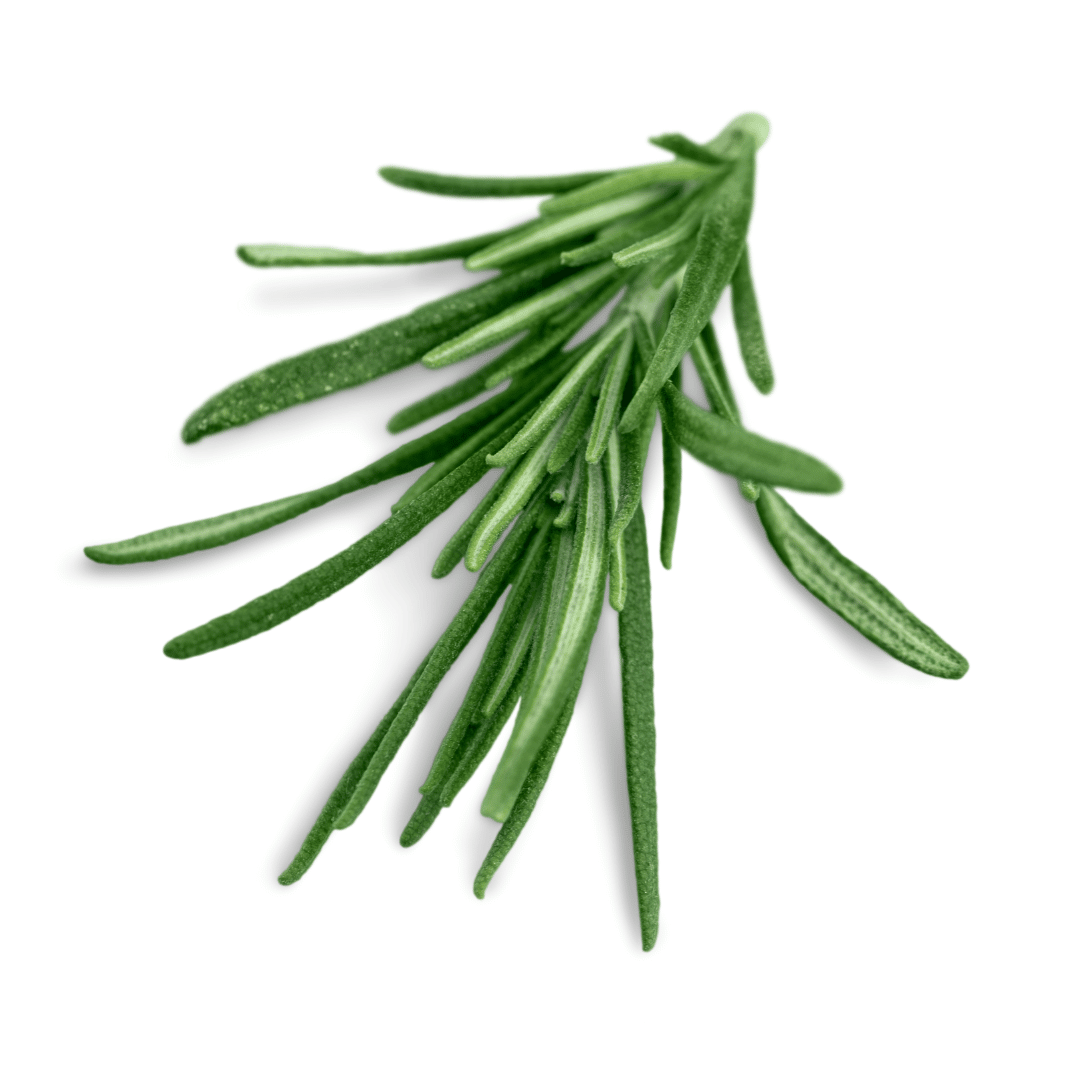
We’ve selected the best terpenes in our products to ensure that when you use our CBD oil, you receive the highest quality for your desired results.
Using Terpene Pro is easy, navigate to any product and view the terpene pro cards highlighting the most abundant terpenes in each product. This way you can identify your own personal needs for each product.
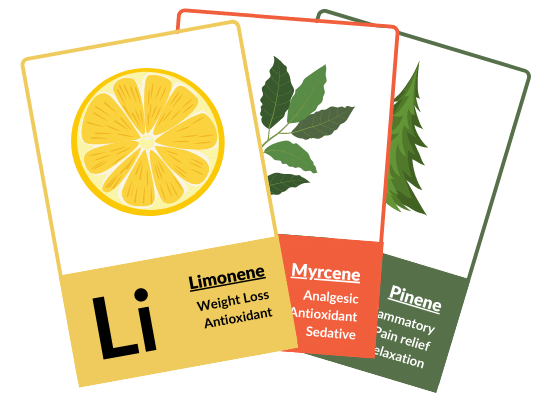
Limonene is found in a wide range of plants such as citrus fruits, peppermint and rosemary. It is added to cosmetics and food. Limonene is naturally anti-inflammatory and can help improve digestion and mood. It can even help with acid reflux! It has also been investigated for its ability to help with acne and treat other skin conditions, including eczema and psoriasis. Unsurprisingly it smells like citrus. Limonene is great for asthma sufferers because it can reduce inflammation by inhibiting cytokines as was found in this study in 2010. Limonene is an important component of any CBD product because of all of its great properties.

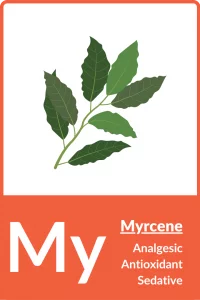
Myrcene is one of the most common terpenes found in cannabis. Myrcene is also found in mango, lemongrass and hops. It’s actually the substance that gives beer its distinctive smell. Myrcene has been traditionally associated with aiding sleep and is used in traditional medicines in Mexico and Germany for this purpose. In Brazil Myrcene is used to relieve pain and reduce inflammation. Scientific studies have shown that Myrcene can protect against DNA damage from certain toxins such as t-butyl-hydroperoxide. Myrcene can reduce the selectivity of the blood-brain barrier allowing THC and CBD to pass through more easily and in greater amounts.
Pinene is one of the most researched terpenes found in cannabis and smells like pine needles and rosemary. It is the most common terpene found in plants and produced by basil, dill and parsley amongst other things. One of its reported abilities is the power to increase focus and energy levels. It also can reduce the effects of THC, lessening the cognition and memory impairment that can accompany this substance. A 2011 study found that pinene could be a broad spectrum antibiotic in some cases. It is also valued for its anti-inflammatory properties which can help people who suffer from asthma.

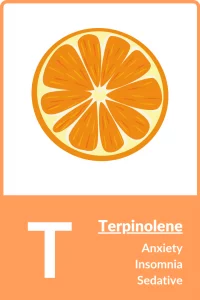
Terpinolene is one of the least common terpenes found in cannabis. It smells like a mixture of pine, herbs and even has hints of citrus. It can be found in nutmeg, cumin and apple and is added to soaps and perfume to give them a fresh and natural scent. It’s an essential oil and according to a 2005 study it may have antibacterial and anti-fungal qualities. It is developed in the cannabis plant for the purpose of defending against pest insects. There is also research currently taking place to look at the potential of terpinolene to reduce the risk of heart disease.
Nerolidol is known for its anti-bacterial and anti-fungal properties. It smells like fresh bark and is used in the food industry for flavouring. Plants such as ginger, lavender and jasmine also produce this terpene. Nerolidol is similar to Myrcene in its sedative qualities and can help you drift off to sleep at night. A 2003 study found that Nerolidol was capable of fighting bacterial infections. Nerolidol is similar to Bisabolol in that it can help cosmetics and other creams be absorbed by the skin more effectively.

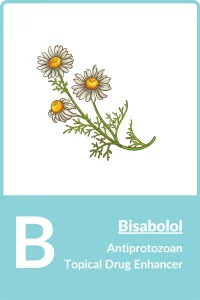
Bisabolol is found naturally in the chamomile flower and is widely used in the cosmetics industry. It was first isolated in 1951 and has a fresh floral scent. Biasabolol appears to have skin repair and healing benefits due to its unique ability to increase the absorption of creams and externally applied medicines. A 2014 study found that bisabolol was a potential candidate for the treatment of skin inflammation. It also appears to have pain reducing qualities as was found in this study in 2009.
Geraniol gets its name from the geranium plant where it can also be found alongside in peaches, carrots and blueberries. Honey bees produce geraniol in their scent glands to indicate nectar-bearing fruits and mark their territorial area. Its floral scent makes it commonplace in the fragrance industry and it is added to pastries and desserts. It was first isolated in 1871 and is a less common terpene. It is found in coriander, lemon and nutmeg. It is thought to have anti-inflammatory properties and is a natural painkiller. Geraniol can help the central nervous system relax which leads to general feelings of relaxation and drowsiness.
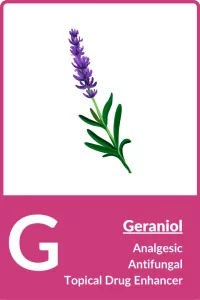
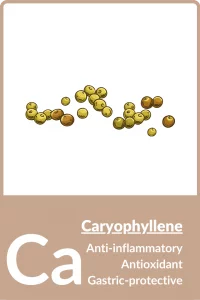
Caryophyllene can be categorised as both a cannabinoid and a terpene. It has a peppery scent and is also produced by basil, cinnamon and clove. It was discovered as a terpene in 1964 and was later identified as a cannabinoid in 2008. Because of its dual classification it has a wide range of abilities, particularly when it comes to painkilling. It has also been found to be anti-fungal. In 2018 a study showed that caryophyllene could reduce inflammation, in this case focusing on liver damage and inflammation caused by chronic alcohol use.


